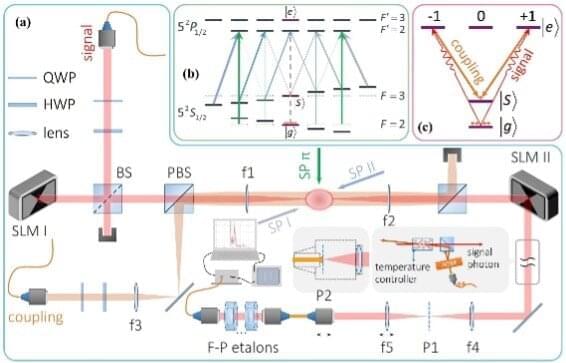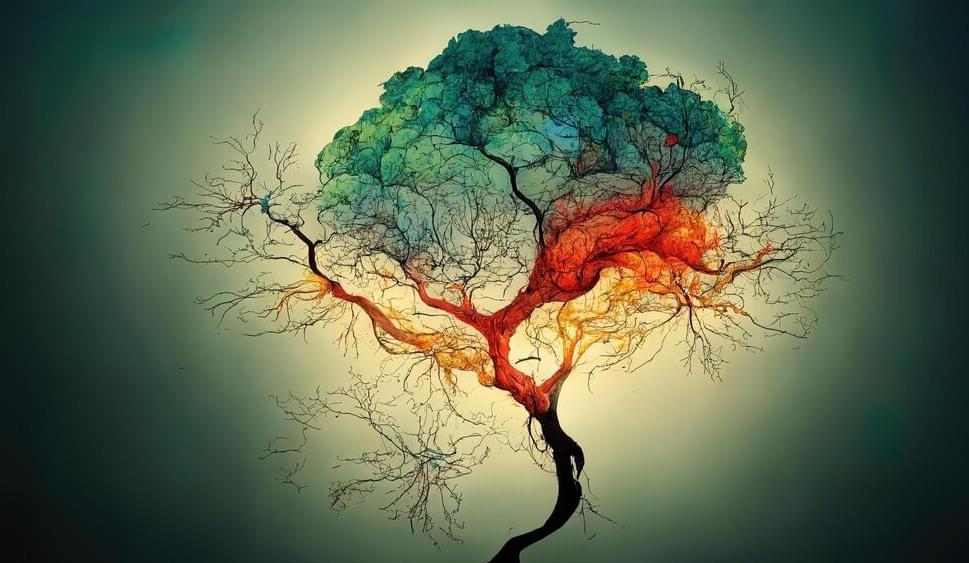
Recently, a team led by Prof. Guo Guangcan achieved long-lived storage of high-dimensional orbital angular momentum (OAM) quantum states of photons based on cold atomic ensembles, using a guiding magnetic field combined with clock state preparation. Their work was published in Physical Review Letters.
Previous work has shown that integrating multimode memory into quantum networks can greatly improve channel capacity, which is crucial for long distance quantum communication. The collective enhancement effect of the cold atomic ensemble makes it an efficient medium for storing photonic information. Although important progress has been made, many problems remain to be solved in long-lived spatial multimode memory based on cold atomic ensembles, one of which is how to achieve high fidelity for multimode memory after a long storage time since multiple spatial modes are more easily affected by the surrounding environment.
Based on the degrees of freedom of OAM, the team carried out research on the long-lived storage of high-dimensional multimode quantum states using the cold 85Rb system. In this work, to overcome the effect of inhomogeneous evolution due to the spatial complexity of stored OAM, the team used a guiding magnetic field to dominate atomic evolution and then employed a pair of magnetically insensitive states to suppress the decoherence in the transverse direction. After the clock states were employed, the destructive interference between different Zeeman sublevels was eliminated, which consequently extended the lifetime of faithful storage.


















